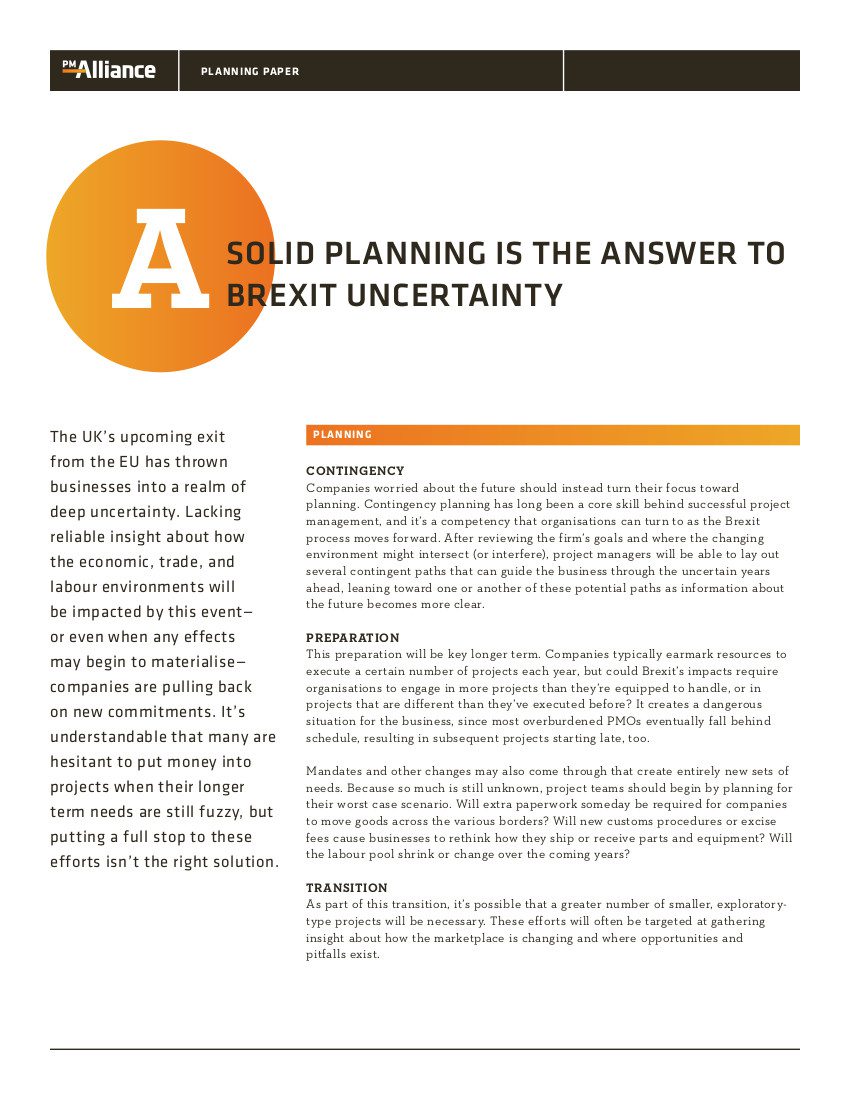
What Project Information Do Executives Want?
Every PM strives to provide the executive team with useful data. Unfortunately, it isn’t always clear what kind of information an organization’s leadership group wants. Some executives have expressed an interest in being involved at each stage of a project’s lifecycle, while others prefer to be updated on the highlights and leave the details to someone else.










